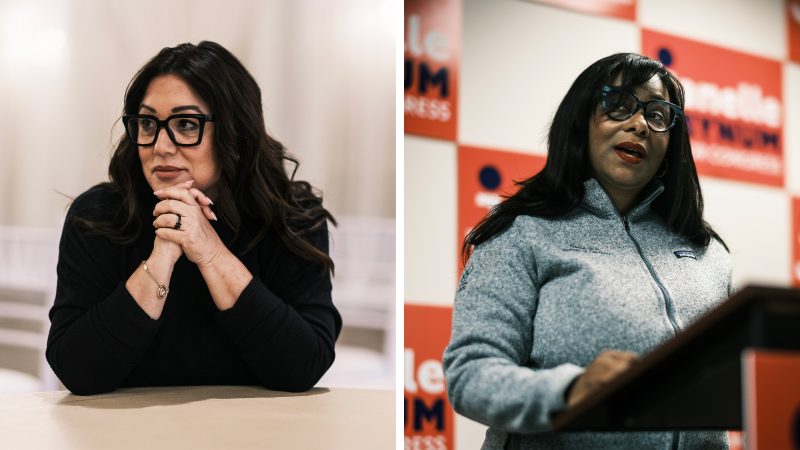The battle for control of the House of Representatives in the upcoming election cycle is shaping up to be a close race, with candidates from both major parties vying for the center ground to appeal to a diverse range of voters. As the political landscape becomes increasingly polarized, the ability to capture the middle ground has become a key strategy for many candidates.
In this close race for control of the House, candidates are laser-focused on positioning themselves as moderate and centrist, appealing to independent and swing voters who may ultimately decide the outcome of the election. This shift towards the center is a calculated move by candidates who understand the importance of broadening their appeal beyond their party’s base.
Candidates from both parties are touting their records of bipartisanship and commitment to finding common ground on key issues such as healthcare, infrastructure, and the economy. By emphasizing their ability to work across the aisle and reach consensus, these candidates hope to distinguish themselves as pragmatic problem-solvers who can deliver real results for their constituents.
In this fierce battle for the center, candidates are adopting a more nuanced approach to policy positions, recognizing that rigid ideological stances can be a liability in a closely contested race. By crafting messages that emphasize moderation and compromise, candidates are aiming to position themselves as reasonable voices in a political environment that often feels deeply polarized.
Moreover, the fight for the center is also playing out in campaign strategies, with candidates investing heavily in outreach efforts to independent and swing voters. From targeted advertising to grassroots organizing, candidates are leaving no stone unturned in their quest to capture the crucial middle ground that could tip the balance in their favor.
As the race for control of the House heats up, the battle for the center will remain a key battleground for candidates seeking to persuade undecided voters and secure victory on election day. In an era of intense partisanship, the ability to appeal to a broad coalition of voters will be a decisive factor in determining the outcome of what promises to be a closely contested race.
